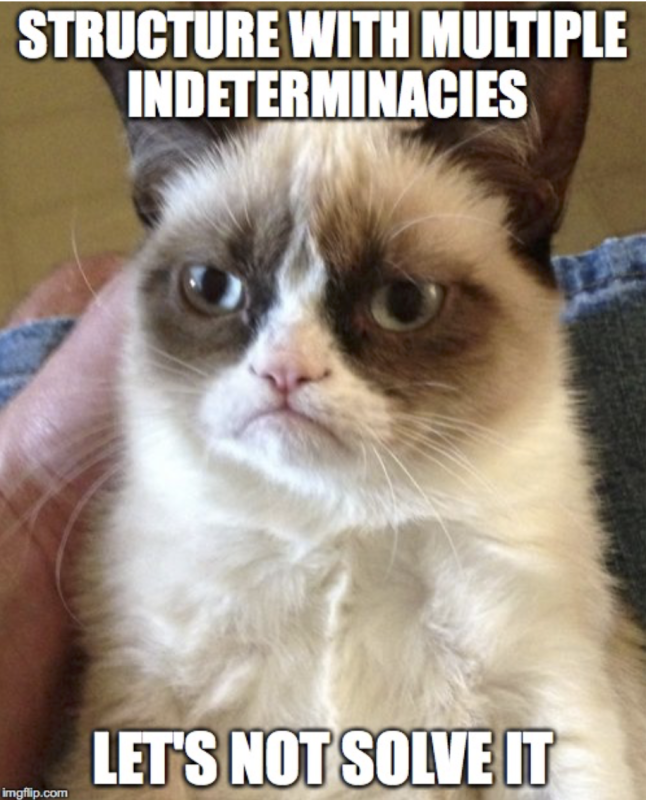I am currently designing an expansion to an existing steel-framed building. The existing building is framed with trusses in both orthogonal directions and are moment frames.
The original engineering drawings specify end moments for the truss connection design, the drawings state that these moments are due to lateral loads only. The connections of the chords to the column are standard WT bolted/welded to the columns.
What is throwing me off is: how can the end moments not include moments due live or snow loads? I imagine that these moments would be higher than those created by lateral loads.
When specifying joist rigid frames (joist design being by specialty engineer), I have always provided a table that shows moments due to snow, live, wind, and seismic.
Your thoughts are appreciated.
The original engineering drawings specify end moments for the truss connection design, the drawings state that these moments are due to lateral loads only. The connections of the chords to the column are standard WT bolted/welded to the columns.
What is throwing me off is: how can the end moments not include moments due live or snow loads? I imagine that these moments would be higher than those created by lateral loads.
When specifying joist rigid frames (joist design being by specialty engineer), I have always provided a table that shows moments due to snow, live, wind, and seismic.
Your thoughts are appreciated.

